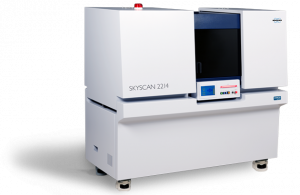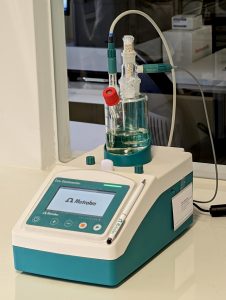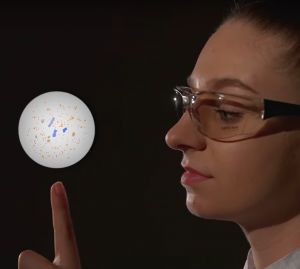
Intraoperative X-ray improves margin analysis in breast cancer therapy
Intraoperative margin assessment using X-rays has long been standard in breast cancer treatment in countries such as the USA, China, Japan, and the UK. Although the procedure can significantly reduce the number of repeat surgeries, the technology has been adopted only hesitantly in Germany.









